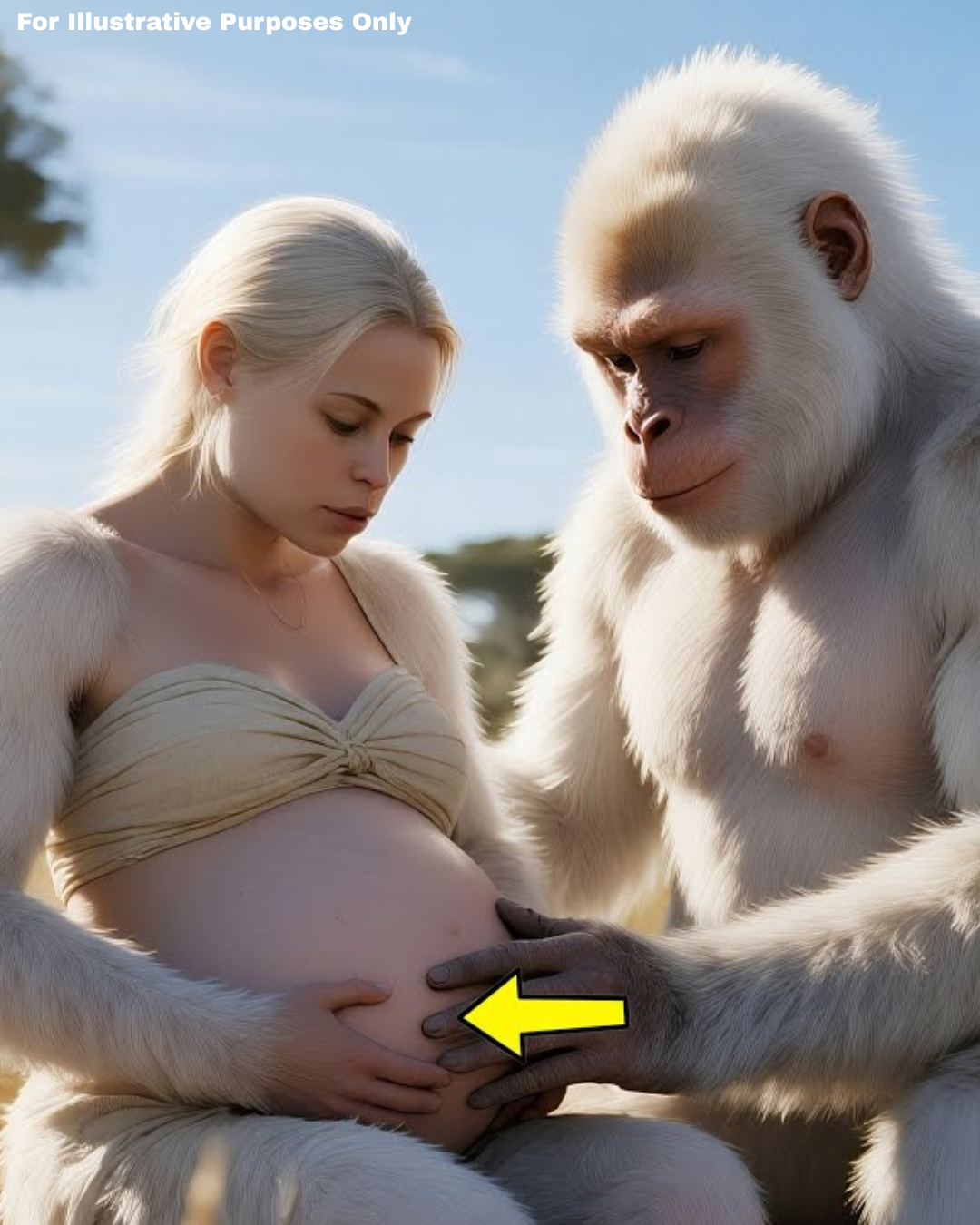Life 4.4 Million Years Ago | The First Hunters and Gatherers
Roughly 4.4 million years ago, life on Earth looked vastly different from today. It was a time when early ancestors of modern humans were just beginning to diverge from their primate relatives. The world was rich with untamed wilderness—dense forests, vast savannahs, and dangerous predators roamed freely. In this primitive era, the earliest hominins—our ancient relatives—began walking upright, learning to adapt, survive, and eventually thrive. This period marked the very foundation of the hunter-gatherer lifestyle that would dominate human existence for millions of years.
The Environment of Early Hominins
Around 4.4 million years ago, the African continent, particularly the eastern regions near the Great Rift Valley, was a patchwork of diverse ecosystems. Forests intermingled with open grasslands, providing a variety of food sources and shelter. Climate changes were gradually transforming thick woodlands into savannahs, prompting early primates to adapt to shifting resources and more open terrain.
It is in this environment that Ardipithecus ramidus lived—one of the earliest known hominin species. Discovered in Ethiopia, “Ardi,” as she was nicknamed, offers vital clues about life during this transitional period. Ardi had both ape-like and human-like features: a small brain, long arms, grasping feet, and crucially, the ability to walk upright on two legs.
The Rise of Bipedalism
Walking on two legs—or bipedalism—is considered one of the most defining traits of early hominins. Though Ardi still retained many traits suited for tree-dwelling, her pelvis and foot structure suggest she spent a considerable amount of time on the ground. Bipedalism likely emerged as a key adaptation for survival, allowing early humans to cover long distances in search of food, spot predators from a distance, and carry infants or resources with their hands.
This shift in locomotion set the stage for other major changes: tool use, food sharing, and eventually complex social organization.
Diet and Foraging
In the absence of agriculture or organized hunting tools, early hominins were opportunistic foragers. Their diets were primarily composed of fruits, nuts, seeds, roots, and perhaps the occasional insect or small animal. They scavenged rather than hunted, making use of whatever food they could find in the environment. Tree bark, tubers, eggs, and wild honey were also part of their nutritional intake.
Evidence suggests that early hominins likely used rudimentary tools made of sticks or stones to dig for roots or crack open hard shells. Though not as sophisticated as the later stone tools of Homo habilis, these primitive implements marked the earliest attempts at using external objects to manipulate the environment—a crucial step in human evolution.
Social Structures and Cooperation
The life of an early hominin was harsh and unforgiving. Survival required more than physical strength—it demanded social bonds and cooperation. Ardipithecus and her kin likely lived in small, loosely organized groups. Living in groups provided protection from predators, helped in raising offspring, and allowed for shared knowledge of food sources.
Females may have received support from males and other females in the group, especially during pregnancy and child-rearing, as seen in modern primate relatives like bonobos and chimpanzees. Cooperation wasn’t just a social preference—it was a survival strategy.
This early social organization laid the groundwork for later complex societies, with shared responsibilities, communication, and eventually language.
The Beginnings of Hunting
While the term “hunters and gatherers” may not strictly apply to hominins living 4.4 million years ago in the way we understand it today, the seeds of this dual lifestyle were already sown. Scavenging dead animals—possibly by following predators or waiting for natural deaths—was an early form of meat acquisition. Bones with cut marks found near fossil sites suggest that early humans used sharp stones to scrape meat or marrow from carcasses.
Active hunting may have been rare at this stage, but opportunistic behavior, intelligence, and cooperation pointed toward the eventual evolution of coordinated hunting seen in later hominin species like Homo erectus.
Communication and Early Expression
Although language had not yet developed, early hominins likely communicated through a mix of vocalizations, gestures, and facial expressions, much like modern apes. This type of proto-language would have been vital in coordinating group activities like food gathering, alerting others to danger, or expressing emotions.
As cooperation became more crucial to survival, the drive toward better communication would have increased, eventually giving rise to the complex languages we use today.
Survival Challenges
Living 4.4 million years ago came with daily challenges. Predators like saber-toothed cats, giant hyenas, and crocodiles roamed the land. Injuries from falls, infections, and lack of consistent food would have posed constant threats.
Shelter was likely found in trees or caves. Fire had not yet been mastered, so nights were cold and dangerous. Despite these hardships, early hominins continued to evolve, adapting to the world around them in increasingly complex ways.
The Legacy of Early Hominins
The hunter-gatherer lifestyle—rooted in scavenging, foraging, and rudimentary cooperation—persisted for millions of years. It was only with the advent of agriculture around 10,000 years ago that humans began to settle and form permanent civilizations.
But the foundations of that leap were laid during the age of Ardipithecus. Her kind began the journey of walking upright, exploring the land, cooperating with one another, and using basic tools to survive.
In a way, the lives of these early beings echo in us today. Our intelligence, creativity, need for connection, and drive to explore began with them. Life 4.4 million years ago was raw, challenging, and primitive—but it was also the beginning of what it means to be human.


